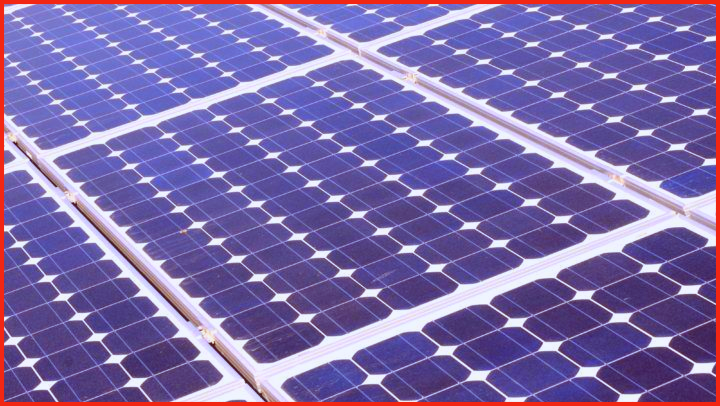
A solar power system has many essential components without which it cannot function. However, among all components, a solar plate or solar panel is the most important. There are mainly four main types of panels- 1) polycrystalline solar panels: 2) Monocrystalline solar panel, 3) Amorphous solar panel, and 4) Thin film solar panel. In this article, we will talk about Monocrystalline solar panels and their advantages. We will also compare their efficiency against other types of solar panels.
What is a Monocrystalline Solar Panel?
A monocrystalline solar panel consists of monocrystalline solar cells. The panel is designed to help electrons get more space for movement, eventually resulting in better electricity flow. Due to the cylindrical slicing of the ingot, the solar cell is as transparent as water. The efficiency of solar cells is further increased by cutting the circular wafers into octagonal shapes, which also gives cells a uniform color.
Specifications of Monocrystalline Solar Panel
- The size of a solar plate varies according to the number of cells.
- All inter-connected solar cells are arranged in parallel shape to form a solar panel.
- A small solar panel of 5-watt capacity doesn’t need more than 1 square foot of space.
- The most common size of a solar cell is 6′ x 6 “, or 156 x 156 mm.
- A solar panel with 60 cells has six rows with six cells in width and ten in length. Hence, its total size is 39″x66″, or 3.25 ft x 5.5 ft
- In the same way, a 72-cell solar panel has six rows with six cells in width and 12 in length. Its total size is 39″x77″, or 3.25 ft x 5.42 ft
- The solar panels’ wattage indicates the number of panels to be used in an array.
What are the advantages of a Monocrystalline Solar Panel?
- The efficiency level of a monocrystalline solar panel ranges from 17%-22%.
- Such solar panels have an extended warranty of 25 years. It’s the most robust solar panel that outlasts all other panels.
- A monocrystalline solar panel has higher heat resistance.
- Since they are highly efficient, they need little space.
- They are ideal for a place with a typical cloudy climate because these solar panels are designed to perform efficiently even in low sunlight.
- However, a monocrystalline solar plate also has some disadvantages:
- Such panels are costlier compared to other panels.
- The design of a monocrystalline solar plate causes a lot of waste.
- Its performance is compromised in high temperatures.
How durable are Monocrystalline Panels?
The average life of a monocrystalline solar plate is approximately 25 to 30 years. However, if maintained well, it can last more than 50 years. In comparison, the life of a polycrystalline solar plate is only a maximum of 25 years, while thin-film plates last only 10–20 years. The following factors decide the longevity of solar plates.
- The type of installation
- The overall quality of the racking system
- No open wires
- Wear and tear on account of climatic conditions
- The duration of usage
- Quality of maintenance
- The environmental effect
Having reviewed the specifications and advantages of a monocrystalline solar panel, you may have realized that such panels are the best choice for residential and commercial uses. Since the functioning of a solar system is directly connected to the quality of solar panels, we cannot take a chance. Moreover, a solar system is a capital-intensive item and is usually installed for a long time. Therefore, we must ensure that all components are of the highest quality.




